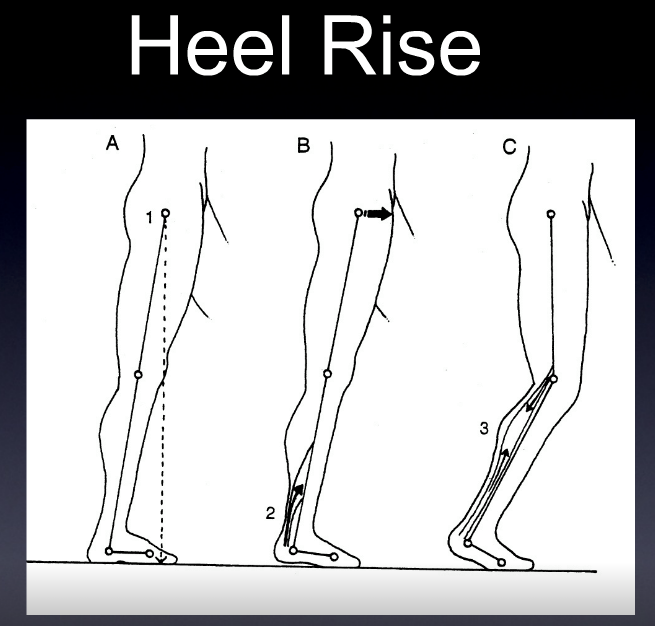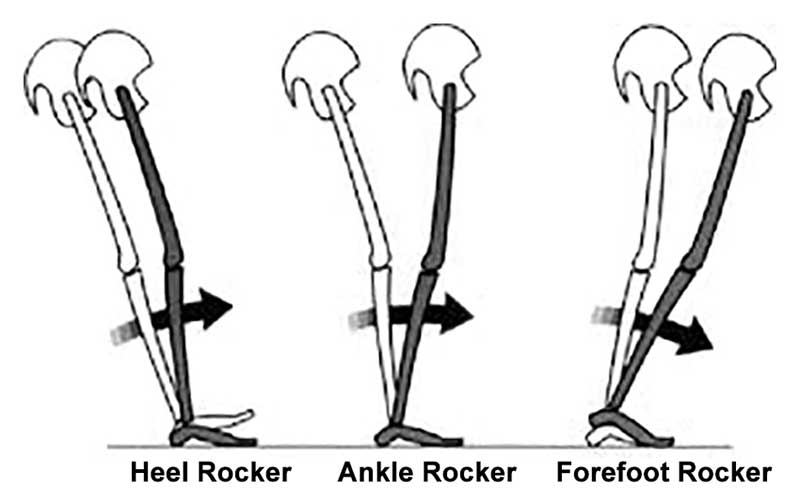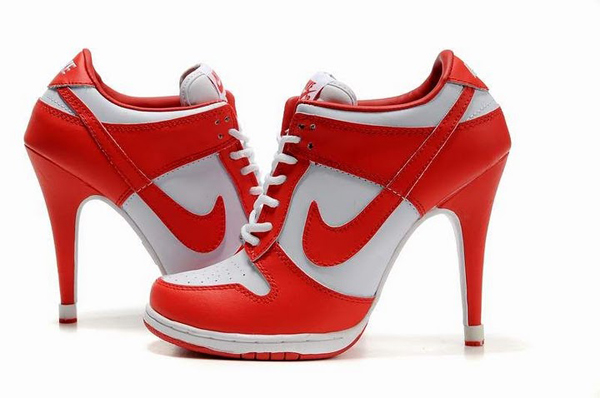Ramp Delta. Drop. Heel to toe differential. Stack height differential. You have likely heard all the words before. We are talking about the difference in height between the center of the heel and ball of the big toe on the foot. It is literally “how much heel” the shoe has. Some have upwards of 20mm, some none at all (zero drop). The average seems to be 10-15 mm for many shoes, but that tradition is evolving to less and less (Brooks for example now has the “Pure” Series with a 4 mm average and one shoe that can be either 4 or zero (The Drift)). New Balance has their miniumus, Altra has their army of shoes, Saucony has a variable selection. Everyone is on target with their collection of minimalist or minimalist-trending (or as we like to call them, “gateway”) shoes.
Since we are born “sans” shoes, zero seems “natural” or maybe the best, right? Maybe, maybe not. A lot depends on you and your anatomy however logic dictates that we were born with the rear and forefoot on the same plane so there has to be a natural logic to the zero drop trend. The problem remains, how long have you been forcing this non-natural state and how long (if at all) will you be able to return to the “less is more” trend?
If you have been in shoes with more drop your whole life, your musculoskeletal system and neurology has adapted to that. If we take away our favorite chair, pair of shoes, golf club or whatever, you may have something to say about it. Same for your feet. If you drop/lower your heel, there are biomechanical changes and possible consequences.
You may have read this weeks post, talking about having enough ankle range of motion available. Dropping the heel requires more dorsiflexion (or extension) of the ankle. If that range of motion is not available, then the motion needs to occur somewhere else.
So, where elsewhere in the body is the motion going to occur ? Dropping the ankle requires more knee extension. Do you have that range of motion available? Are your knees painful when you wear a zero drop shoe?
How about your hips? Dropping the heel requires more hip extension as well. This extension is often accompanied by internal rotation of the hip (ankle dorsiflexion, along with foot abduction and forefoot eversion are all components of pronation, which will cause medial rotation of the hip. Do you have this range of motion available, or do you have femoral retro torsion, and a zero drop shoe makes that worse?
What about the effect on the low back? Dropping the heel decreases the lumbar lordosis (the natural curve forward). Don’t believe us ? Just look at any woman in a 3 inch pump and you will see some lovely curves. This places additional stress on the posterior ligaments and joint capsules and compression and shear on the discs. Some spines won’t tolerate this, just like some won’t tolerate heels, which increases the lumbar lordosis and places more stress on the posterior joints.
What about the mid back? Dropping the heel decreases the thoracic curve. How much extension (backward movement) do you have in your mid back?
The same with the neck…and the list goes on….
As you can see, it is much more complex than just changing to a shoe with less drop. Because of the biomechanical changes and demands, it will probably cost you something, be it range of motion, comfort, function. We are not saying it isn’t worth it, or that you shouldn’t do it; we are saying go slow and listen to your body. What may be right for someone else may not be right for you … . either in the short or long term.
Earn your way. Don’t throw caution to the wind. We see people everyday that have suffered the above consequences due to listening to the wonderful marketing of the minimalist trend and from embracing some of the nonsense on the web. We call these people, “patients”. Don’t make yourself a patient, use your head when it comes to your feet.
The Gait Guys
Ivo and Shawn
All material copyright 2013 The Gait Guys/ The Homunculus Group. All rights reserved. Please ask before lifting our material.



























